Back-to-back converter with grid-tied LCL filter
This note shows a possible control for a grid tied back to back converter. The proposed control implements active damping of the LCL filter.
These notes introduce applications by giving a general description of the considered system and its operation. Application notes refer to other types of notes in order to give technical details of the proposed implementation.
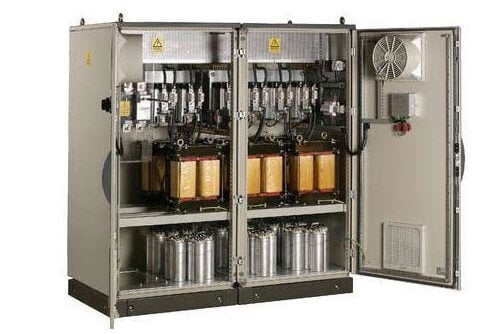
This note shows a possible control for a grid tied back to back converter. The proposed control implements active damping of the LCL filter.
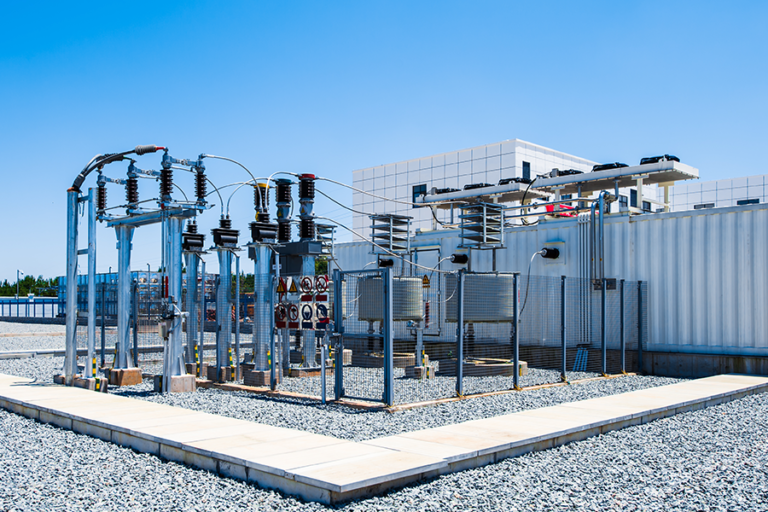
Static synchronous compensators (STATCOMs) are power electronic converters aiming at enhancing the overall power quality and system stability in power grids, by dynamically controlling the…
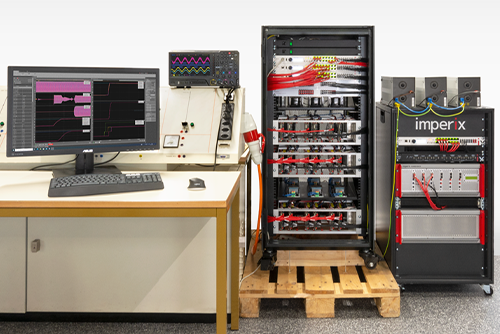
This page introduces the implementation of a solid-state transformer with cascaded H-bridge, dual active bridge, and grid-forming inverter.

What is an onboard battery charger? An onboard battery charger (OBC) is an automotive power electronic converter tailored to charge an EV directly from the…
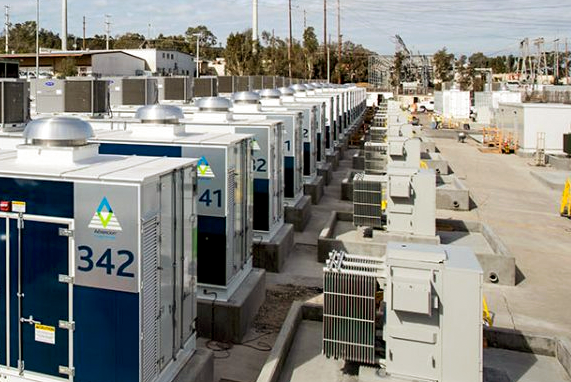
This application showcases a multi-converter system consisting of three DC/AC converters connected to a microgrid, representing a typical scenario such as three photovoltaic inverters sharing…

The note introduces a wind turbine generator control technique with sensorless algorithm. The system is tested on a back-to-back motor testbench.

The note introduces an electric car motor control strategy. The system is tested on a back-to-back motor testbench with car emulation.
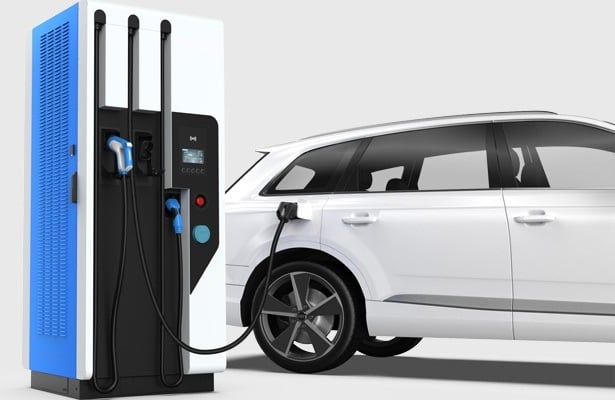
This application note details a possible control implementation on the B-Box RCP for a fast electric vehicle charger with intermediate storage. In this example, the…

This example implements the control for a three-phase PV inverter. Such a system can be typically found in small industrial photovoltaic facilities, which are directly…
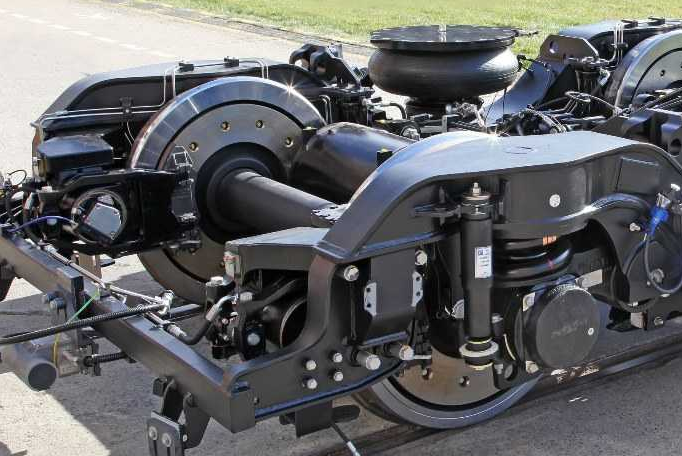
The note introduces an example of Direct Torque Control (DTC) for an electric drive using a permanent magnet synchronous motor (PMSM) and a programmable inverter.
End of content
End of content